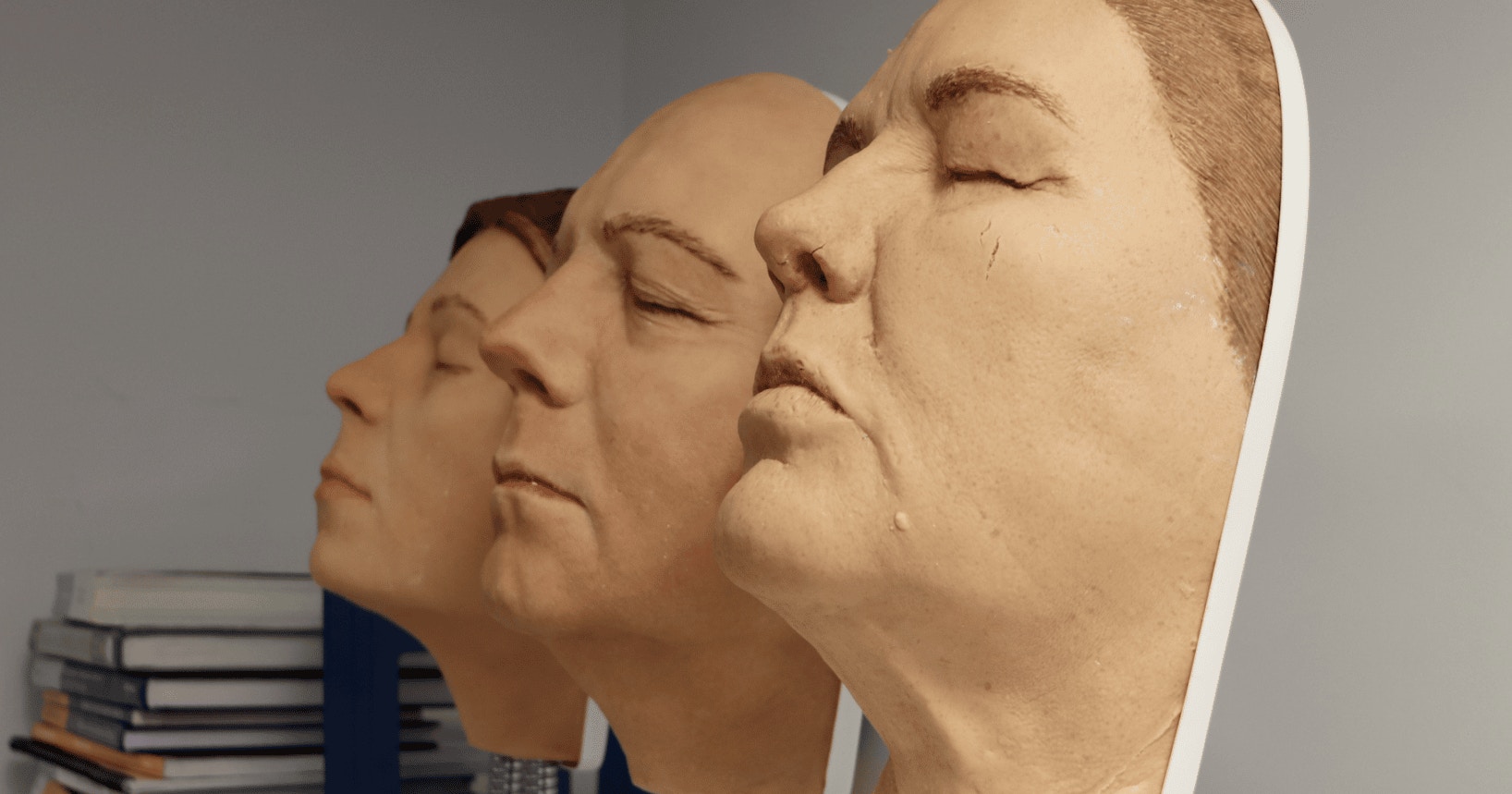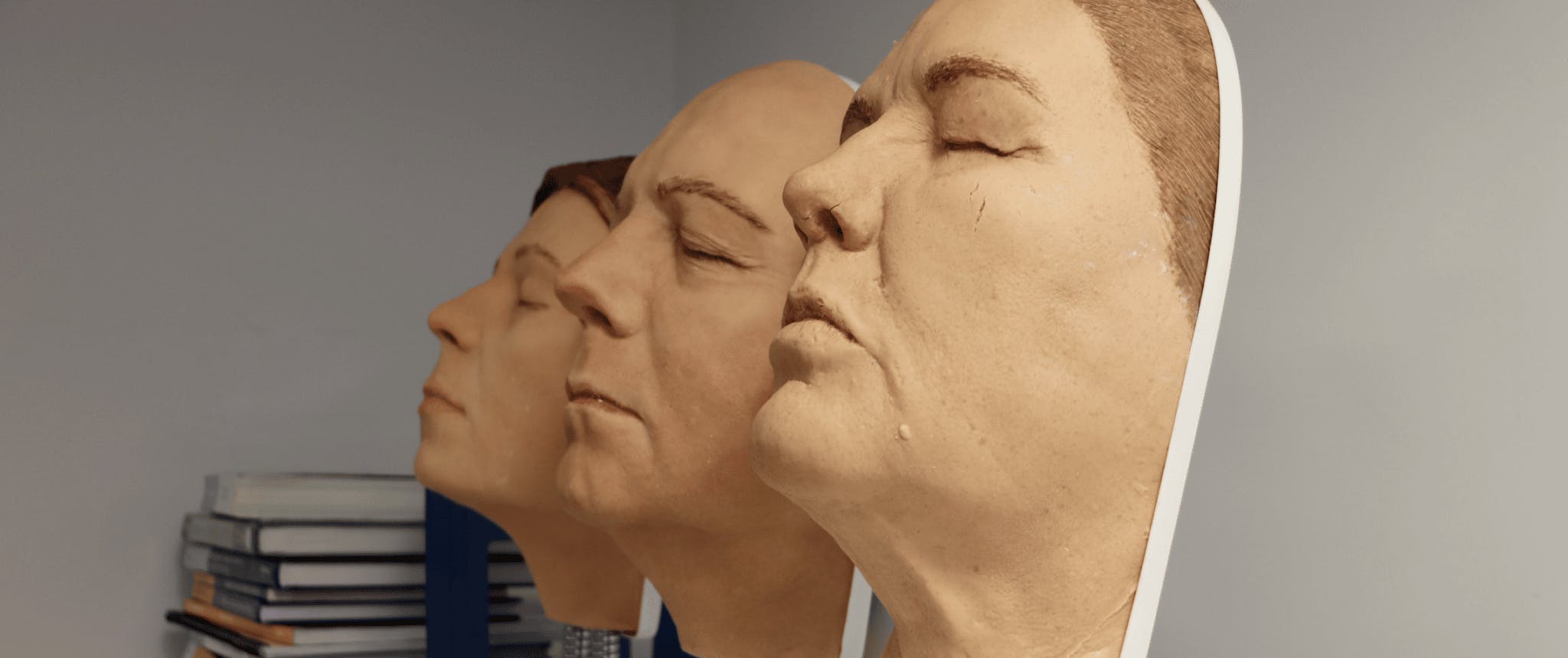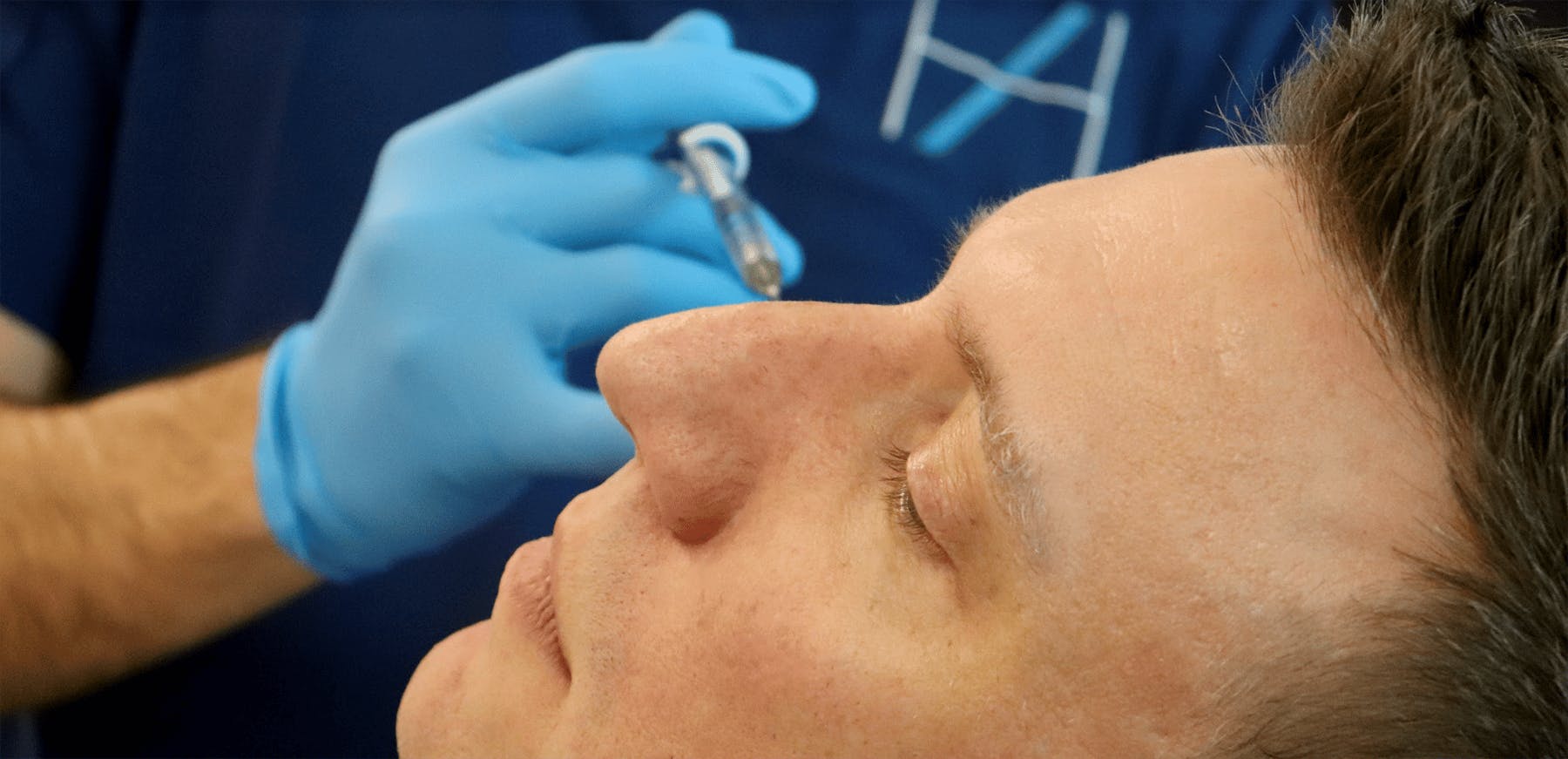Injectables for men v women: How to tailor your approach

As an aesthetics practitioner it’s vital to understand the differences in administering injectables for men and for women.
Once you have a firm grasp of each end of this spectrum, you’ll also find it easier to treat all genders from an aesthetic perspective.
In addition to understanding baseline anatomy, there can be variables to consider when it comes to tools. For example, injecting techniques, doses and appropriate product selection.
We spoke to senior clinical trainer, facial aesthetics specialist and Allergan Institute faculty member, Natalie Haswell, RGN.
Here Nat highlights the key points of difference new injectors should familiarise themselves with when it comes to treating men v women...

TREATING FEMALE VERSUS MALE BOTOX PATIENTS (UPPER FACE)
“Needle size and injection technique are, on the whole, the same for Botox whether it’s a male or female patient,” advises Nat.
“Dosages can vary, however. Often male botulinum toxin patients will require a higher dose as, anatomically, their muscles tend to be larger, thicker and stronger. However, standard manufacturers’ dosages for initial treatments are the same for both men and women. You can always add more at their review appointment.”
Increased muscle thickness, often found in male botox patients, may prove tricky for new aesthetics practitioners. This is something Dr Carol Mastropierro has provided guidance on in our article, Injecting Botox for Men with “Tough Skin”.

Assess each individual’s facial shape
Assessing facial shape is always a good basis for treatment planning.
A square shape is traditionally considered masculine, whilst a heart shape is traditionally seen as feminine. By looking at each third, upper, lower and middle, you can affect the overall shape.
For example, a female with a square shaped face, can have zygomatic filler to increase their bizygomatic distance compared to their bigonial distance. This will start making the face more heart shaped.
Unsurprisingly, the key tenets here are anatomy and facial ageing.
When it comes to filler, consultation and treatment planning is key. Here, understanding the goals and expectations of patients of all genders is vital. It requires you to listen actively and communicate to empower shared decision making. This helps you bridge the gap between the baseline and the aesthetic outcome.
As injectors, we also need to be aware of our own biases concerning definitions of what a man or a woman “should” look like.
Understand anatomy and ethnicity considerations
“Anatomically, the male face and female face are different from their bone foundations to the surface skin layers,” notes Nat. “The ageing process is also different. For example, women are much more effected during perimenopause and menopause.”
“Men tend to have a flatter, bossed frontal bone and a more square jaw than women. These anatomical differences must be considered when assessing patients and during treatment planning.”
Nat stresses, “It’s very important to study ethnic backgrounds and the anatomical differences in male and female structures too. Cultural and societal trends may also affect desired outcomes.”
“When this is understood, and profiles and proportions of the face can be assessed appropriately, then we can restore, rejuvenate and beautify, whilst keeping our patients looking natural and proportionate.”

Filler products and doses
“Filler dosages are individual, varying from patient to patient,” she explains. “They must each be assessed individually. Having detailed knowledge of the ageing process and how to treat the cause – not the problem identified by the patient – will aid you in ensuring you achieve the desired outcomes as far as possible.”
One element to bear in mind when selecting your products for male filler treatments, is that men may require a higher G prime product. This can provide the angular look and sharp projection many men ask for.
Read about the specific differences in treatment approaches for lip filler, cheek filler and chin filler in our article, How to Treat Male Filler Patients.
Treating gender diverse patients
By developing your knowledge of assessing and treating people assigned male or female at birth, you’ll develop specific skills. These are advantageous when treating gender diverse filler patients.
Whatever gender your patient identifies as, you’ll want to employ certain feminisation or masculinisation techniques.
Feminisation often involves enhancing the individual’s features and underlying facial structure in a “softer”, more “rounded” way. Historically, western beauty standards have dictated that women with a heart-shaped face and rounder features are most attractive.
Masculinisation, on the other hand, generally involves taking a more angular approach. Contouring to add definition. Stereotypically, men with sharp, square jawlines and strong, broad features are societally considered to be the most handsome.
Whilst it’s worth understanding these ideals, you should always treat each patient as an individual. Never seek to impose your own beauty standards onto your patients, instead work to enhance and/or rejuvenate their own look. Bear in mind their age, ethnicity, proportions, goals and concerns when recommending treatments.
Master how to assess your patient and develop an appropriate treatment plan based on these aspects. These approaches will stand you in good stead for achieving pleasing outcomes for all your patients.

GETTING PRACTICE IN ADMINISTERING INJECTABLES FOR MEN AND WOMEN
At our training clinic – The Academy Clinic – we have noticed that men are becoming increasingly interested in aesthetic treatments, whilst women seem to be leaning in to the full face approach to rejuvenation.
As part of our aesthetics training courses, students practise from this clinic under the one-to-one guidance of experienced mentors. This provides hands-on experience of treating patients, from consultation to aftercare advice, in a real-life clinical situation.
Training in such an environment allows you to treat a wide range of patients in the safe confines of your mentoring sessions. This builds experience, confidence and makes it less daunting when you start to practise on your own or for an established clinic.
It also provides an intimate educational space where you can absorb every aspect of the patient journey. This type of holistic learning, especially during our Level 7 in Botox & Dermal Fillers course, encourages you to become a safe, knowledgeable and well-rounded injector.
All information correct at the time of publication.
Download our full prospectus
Browse all our injectables, dermal fillers and cosmetic dermatology courses in one document
By submitting this form, you agree to receive marketing about our products, events, promotions and exclusive content. Consent is not a condition of purchase, and no purchase is necessary. Message frequency varies. View our Privacy Policy and Terms & Conditions
Attend our FREE open evening
If you're not sure which course is right for you, let us help
Join us online or in-person at our free open evening to learn more
Our Partners














STAY INFORMED
Sign up to receive industry news, careers advice, special offers and information on Harley Academy courses and services

